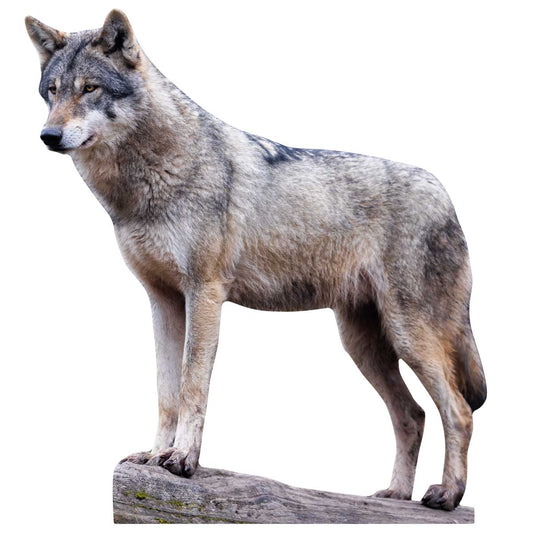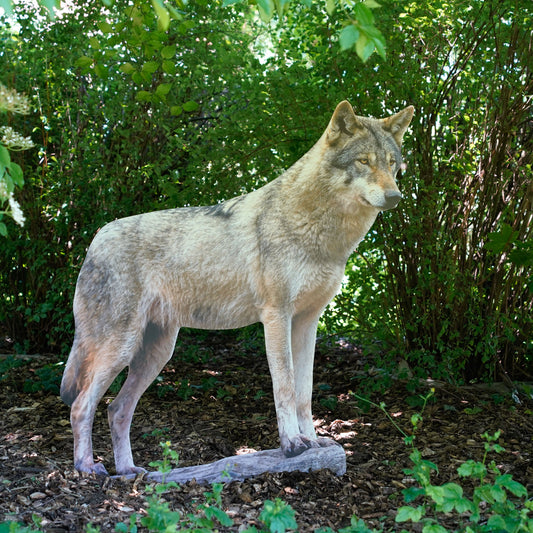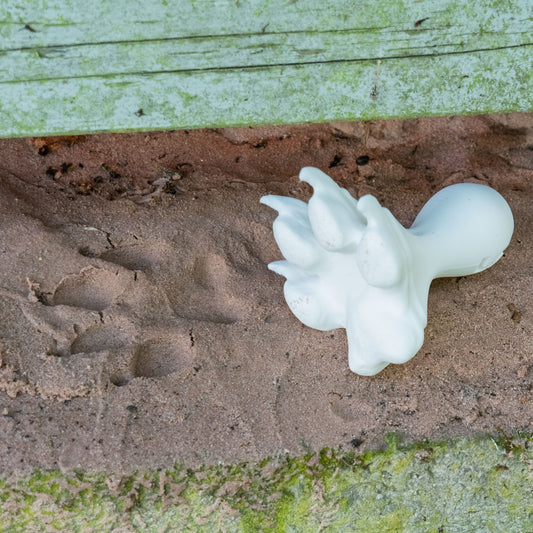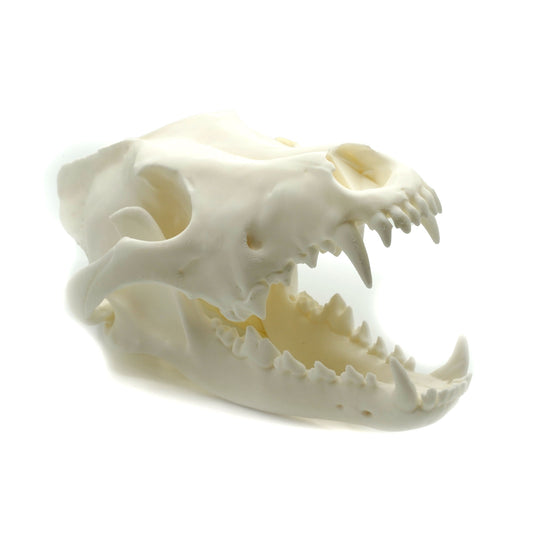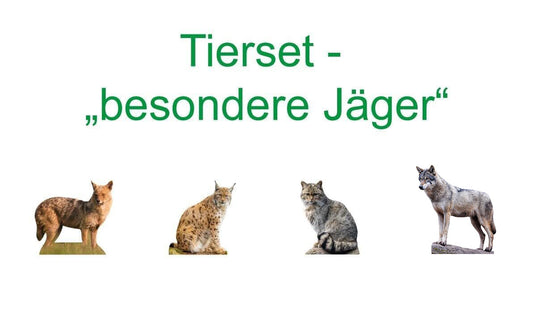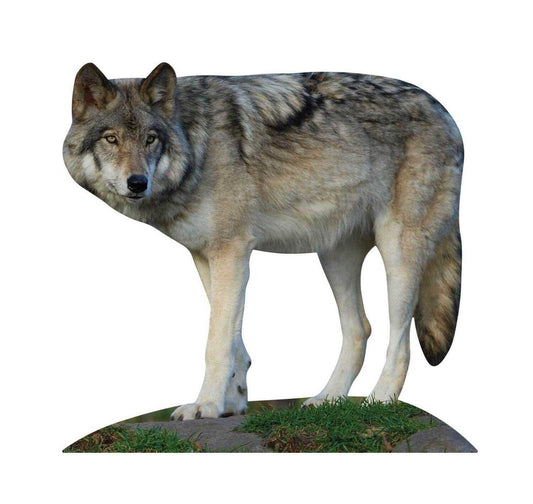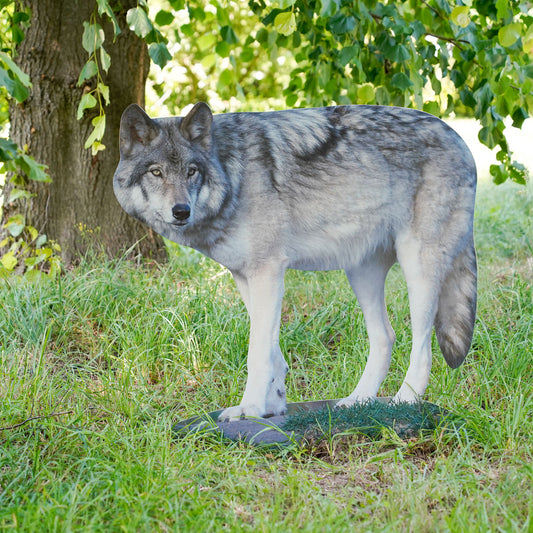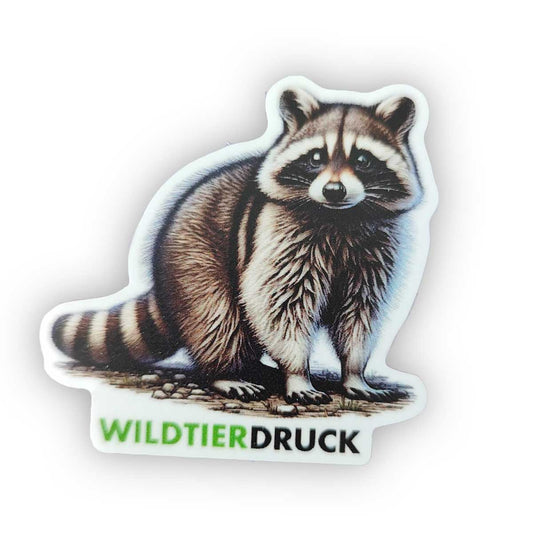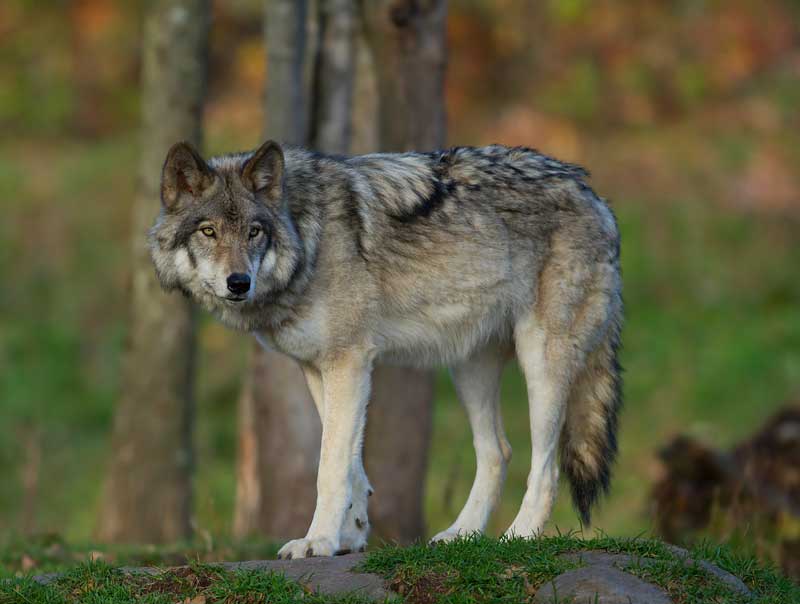
wolf
The wolf, an iconic predator with a rich history and cultural significance, is a key player in many ecosystems. This fact sheet provides a detailed overview of the wolf's biology and ecology and highlights the importance of protecting its habitats and living harmoniously with humans.
wolf Products
-
Animal display European wolf
7 reviewsRegular price From 129,90€Regular priceUnit price / per -
Life-size deer foot stamp
No reviewsRegular price 39,90€Regular priceUnit price / per -
Animal display European wolf - outdoor set
No reviewsRegular price 153,30€Regular priceUnit price / per -
Life-size wolf skull replica
No reviewsRegular price 105,00€Regular priceUnit price / per -
Animal set - "special hunters"
1 reviewRegular price From 299,90€Regular priceUnit price / per329,90€Sale price From 299,90€Sale -
Animal display wolf
1 reviewRegular price From 119,90€Regular priceUnit price / per -
Wildlife Sticker Set
No reviewsRegular price From 9,90€Regular priceUnit price / per -
Animal display wolf - outdoor set
No reviewsRegular price 143,30€Regular priceUnit price / per
Profile: wolf
-
Scientific classification
- Class: Mammalia (mammals)
- Order: Carnivora (predators)
- Family: Canidae (dogs)
- Genus: Canis
- Species: C. lupus (wolf)
-
Physical characteristics
- Size: Body length from 105-160 cm
- Shoulder height: 66-81 cm
- Weight: 25-80 kg, depending on gender and region
- Special features: Powerful physique, long legs, broad skull, dense fur in shades of grey, brown or black.
-
Habitat and distribution
- Common regions: North America, Eurasia, parts of North Africa
- Habitat: Diverse, from forests to tundra to grasslands and mountains; prefers remote areas with adequate cover and prey.
- Adaptability: High, can live in different habitats as long as there is enough food.
-
Nutrition
- Diet: Carnivore
- Typical food: Mostly wild animals such as deer, elk, wild boar; occasionally also small animals, carrion and plant material.
-
Reproduction and lifestyle
- Mating season: late winter to spring
- Gestation period: Approx. 63 days
- Litter size: Average 4-6 puppies
- Social structure: Lives in family groups, called packs, which have a complex social structure and hierarchy.
-
Lifespan and protection status
- Life expectancy: Up to 13 years in the wild
- Endangered status: Varies by region; threatened by habitat loss, hunting and conflict with livestock farmers.
- Conservation measures: International and national conservation programs, creation of protected areas and conflict management.

